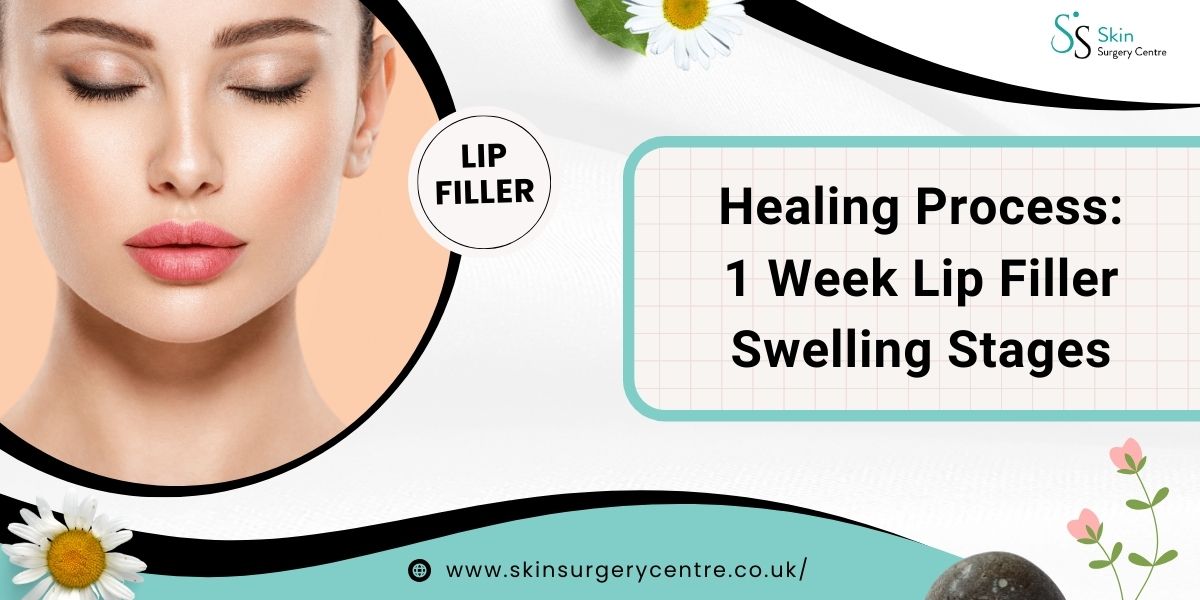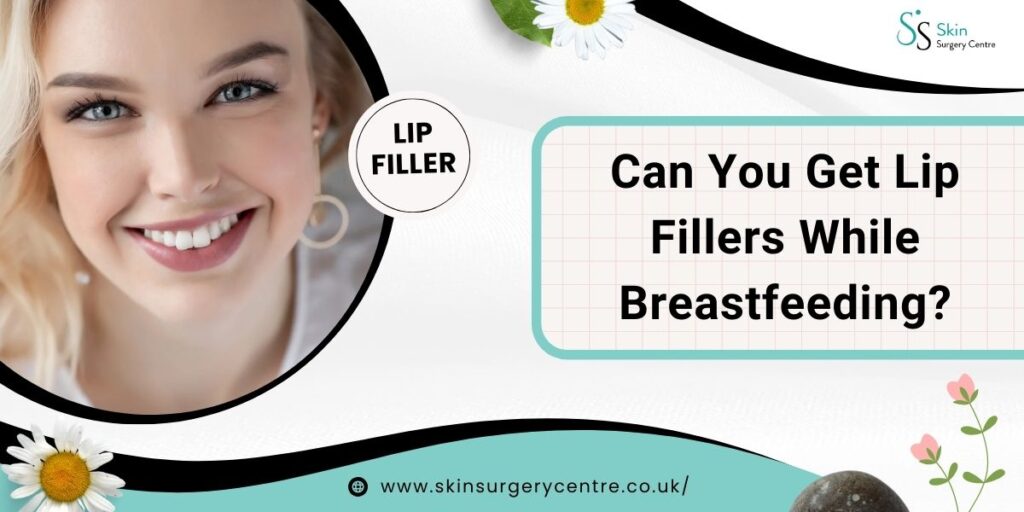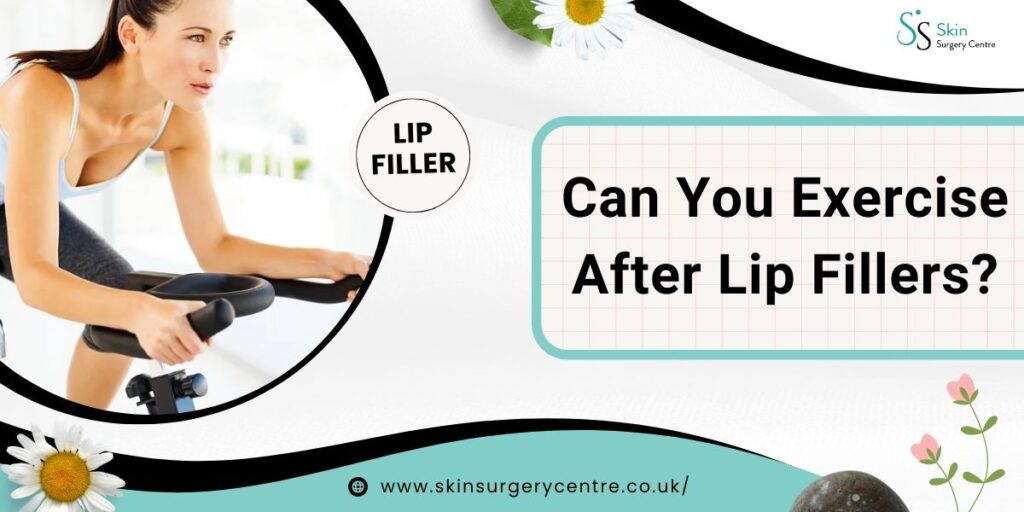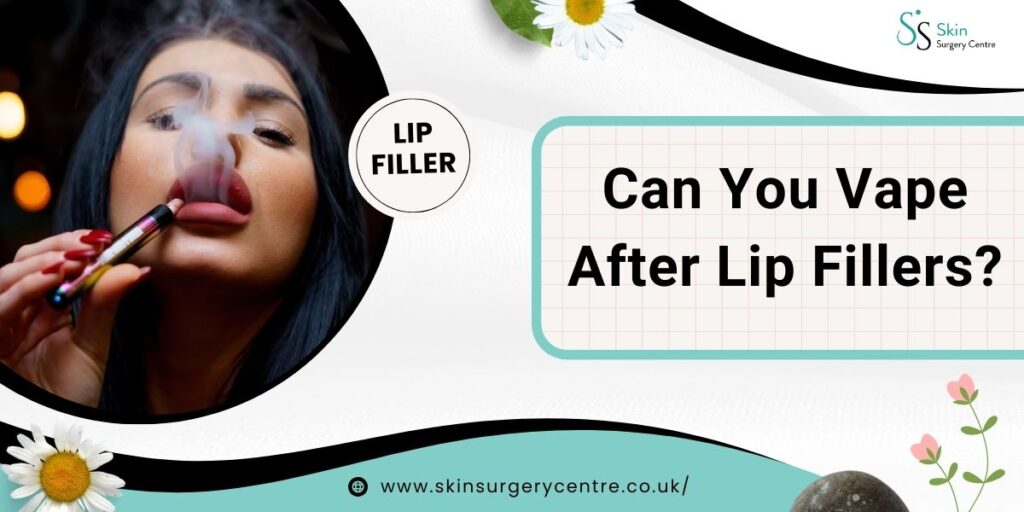Can You Get Lip Fillers While Breastfeeding? UK Expert Answers
Many new mums wonder: Can you get lip fillers while breastfeeding? It’s a common question in UK clinics, and this...

Healing Process 1 Week Lip Filler Swelling Stages: For many people seeking fuller and well-defined lips, lip fillers are the most sought-after non-invasive cosmetic procedure. But what does the healing process over 1 week lip filler swelling stages actually involve day by day?
During the first seven days, most patients experience swelling, tenderness, and gradual recovery. Understanding these stages can make the experience less confusing and much more manageable.
If people get to know these stages beforehand, they would be able to self-manage a considerable amount of discomfort during the process of recovery.
In this article, I focus on day-to-day healing during the first week after receiving lip fillers while proffering advice to mitigate discomfort while optimising the results.
Also Read: What Is Lip Filler?
The period right after the lip filler injections may feature some degree of swelling, tenderness, and redness around the lip area. Expect these features as they are fully normal; this is your body’s way of adapting to the filler material (that is mostly hyaluronic acid) and the micro injuries done to your skin.
Use Ice Packs: Swelling ice packs can be placed on the painful area using a towel. It is also helpful to place ice packs on for 10-15 minutes every hour so that discomfort is numbed as well.
Head Up: It will help to prop your head up with an additional pillow when you sleep or rest to help reduce swelling.
Don’t Put Pressure On Lips: Cease any kind of massage or pressure with the treated area so that the filler is not displaced.
These are self-restrictions, but tenderness or stiffness on the lips is likely on this day.
It’s highly probable that the swelling will be greatest starting on the second day and lasting until the fourth. During this time, your lips could appear to be bulging, strange, or even overly large as a result of your body’s inflammation and protective response. There might be bruising at the site of the injections as they continue healing.
Injury: White blood cells and fluids are directed to the area and hence out towards your immune system; as a result, the area becomes inflamed.
Firmness: Your lips may feel hard or bumpy as the filler begins to settle in and integrate with the soft tissue.
Make sure you do not stop alternating the use of ice packs or cold compresses.
Refrain from physical and strenuous activities, such as jogging, running, or lifting heavy objects, as they may increase swelling.
As with all inflammation, avoid further inflammation to the area by steering clear of spicy and salty foods.
As noted before, this part may be a little frightening for some patients as their lips would look overly full for some time. Worry not; with some patience, this is completely normal and will improve as time passes.
Congratulations! By day three, the swelling has become noticeably less and a lot more comfortable. By now, your lips should also start to soften and gradually take on a more appealing contour. Any bruising that may have occurred should start to heal as well.
Drink Enough Water: Adequate hydration not only supports healing but also helps to flush your system.
Take Time Off Work: Sleep is one of the most important aspects that contribute to healing. When you do rest, try to keep your head elevated.
Follow Post-Operative Instructions: After the procedure, if you received specific guidelines, do your best to follow them.
Good news; you’re starting to see the results you want!
By the end of the week, most patients should start to notice that their swelling and bruising is starting to significantly decrease, which will make lip movement easier. Any tightness or filler lumpiness will continue to improve over time as the filler works its way into the rest of the tissue.
Avoid Strenuous Activities – Although much of your inflammation will be reduced, I still suggest that you do not engage in high intensity cardio or prolonged sun exposure.
Not Worrying Over Remaining Swelling – For the most part, swelling should be minimised, but remember, there may still be some remnants for a week or two.
At this point, the majority of patients are able to see the lip fillers results they have achieved.
You should notice the residual swelling start to dissipate, or the inflammation will slowly start to go down over the next week. From 8-14 days, your lips should feel comfortable with their final shape and the majority of people are satisfied with the procedure’s outcome at this stage.
It is recommended that you schedule a check-up with your specialist for week two so they can examine the results, answer any questions, and add any necessary details to complete your new look.
When outside, wear SPF lip balm as it protects your skin from UV rays which can make your skin more sensitive or cause pigmentation issues. Also, try to limit excessive drinking during this phase as it may slow down the final stages of healing.
An equally pivotal aspect of the healing process is managing the swelling. Consider paying attention to these tips that might ease the recovery process:
Cold Compresses: Applying ice packs might be useful to reduce swelling in the initial few days.
Stay Active, Gently: You may do lighter activities, but don’t even think about trying any heavy exercises for at least a week.
Limit Salt and Alcohol: These substances will make your condition worse and hinder your healing.
Keep Lips Clean: Until the lips are entirely healed, no makeup or other products should be placed on the lips.
Patients with lip fillers enjoy a minimally invasive approach to recovery but take note that this does not mean they should be oblivious to seek help when necessary. In the event of extreme pain, too much swelling, blistering, or other indices of infection, you should reach out to your clinician as soon as possible.
After 4 to 6 weeks, it is expected that you will have integrated the filler to the surrounding tissues. Your lips will have healed by that point.
Looking back, you can now relish the joy of your perfected smile for the next few months! Depending on the specific filler utilised, the results can last anywhere from six months to well over a year.
By understanding the healing process during the 1 week lip filler swelling stages, patients can manage expectations and recovery with confidence. Each phase — from initial swelling to final softening — is a normal part of the journey. With the right aftercare and guidance from your practitioner, you’ll enjoy smooth, natural-looking results that last.
To discover more treatments, simply schedule a consultation with a qualified aesthetic practitioner today. One appointment puts you one step closer to feeling confident!




Many new mums wonder: Can you get lip fillers while breastfeeding? It’s a common question in UK clinics, and this...
If you’ve had lip fillers or are planning them, you may wonder: Can I put lip balm on after lip...
Can you exercise after lip fillers? At our London, Manchester, and Birmingham clinics, this is one of the most common...
Can you vape after lip fillers? It’s one of the most common questions we hear at our London, Manchester, and...
As one of the most sought-after procedures in cosmetic enhancement, lip fillers help people restore volume and definition to their...